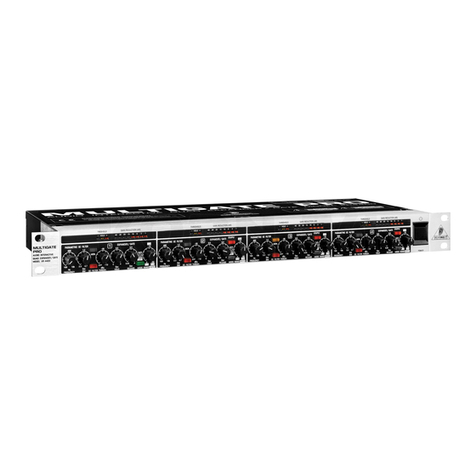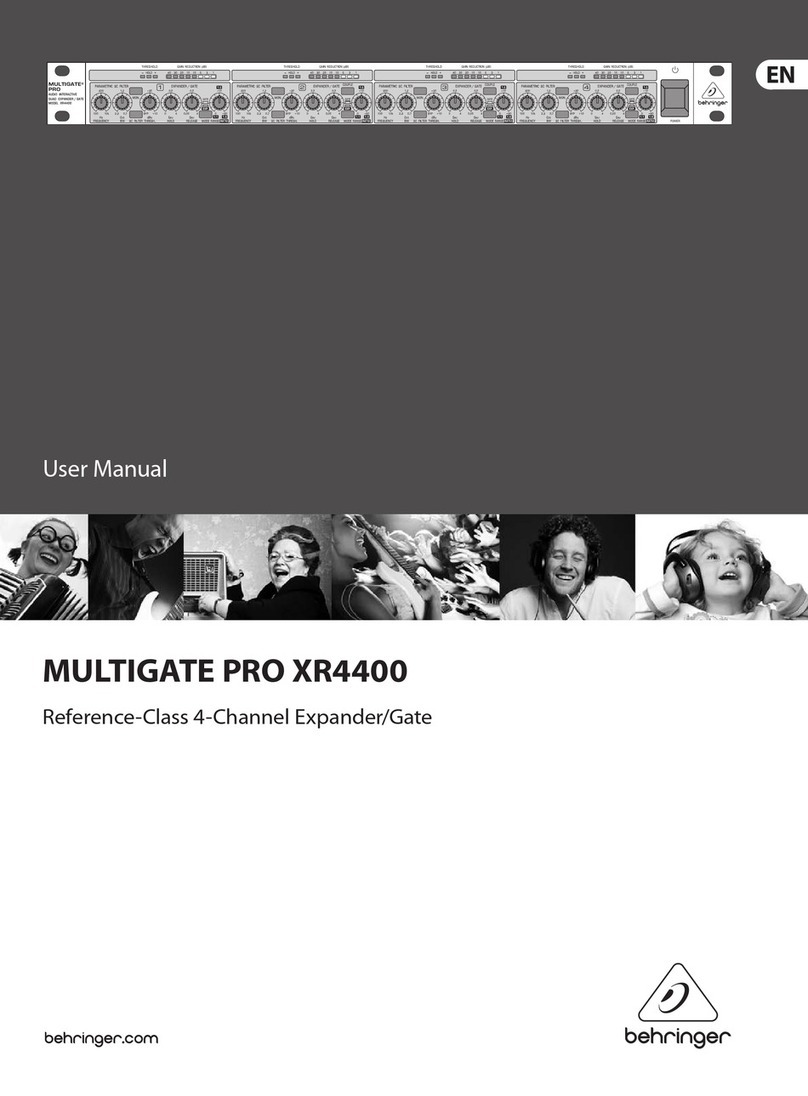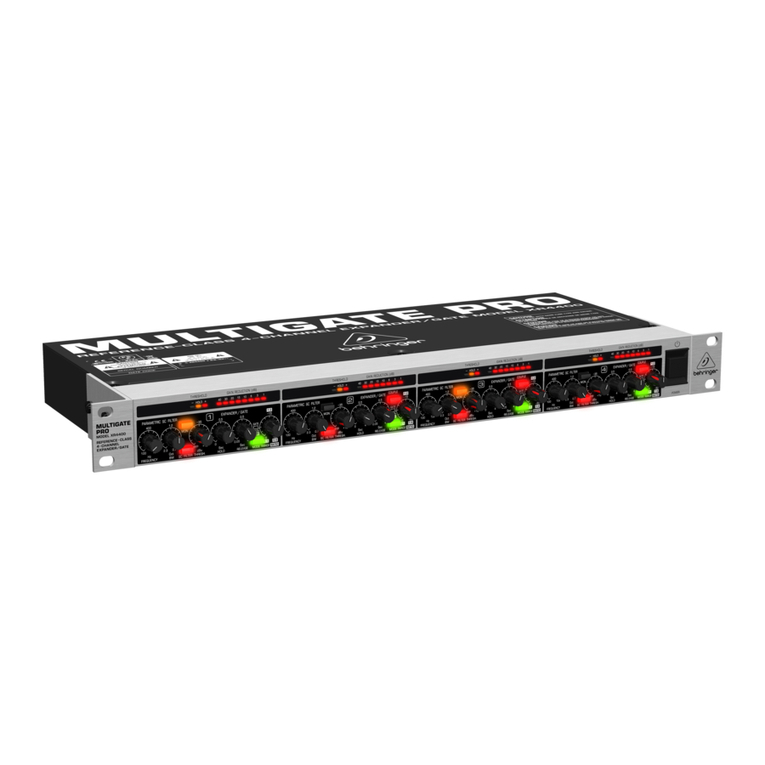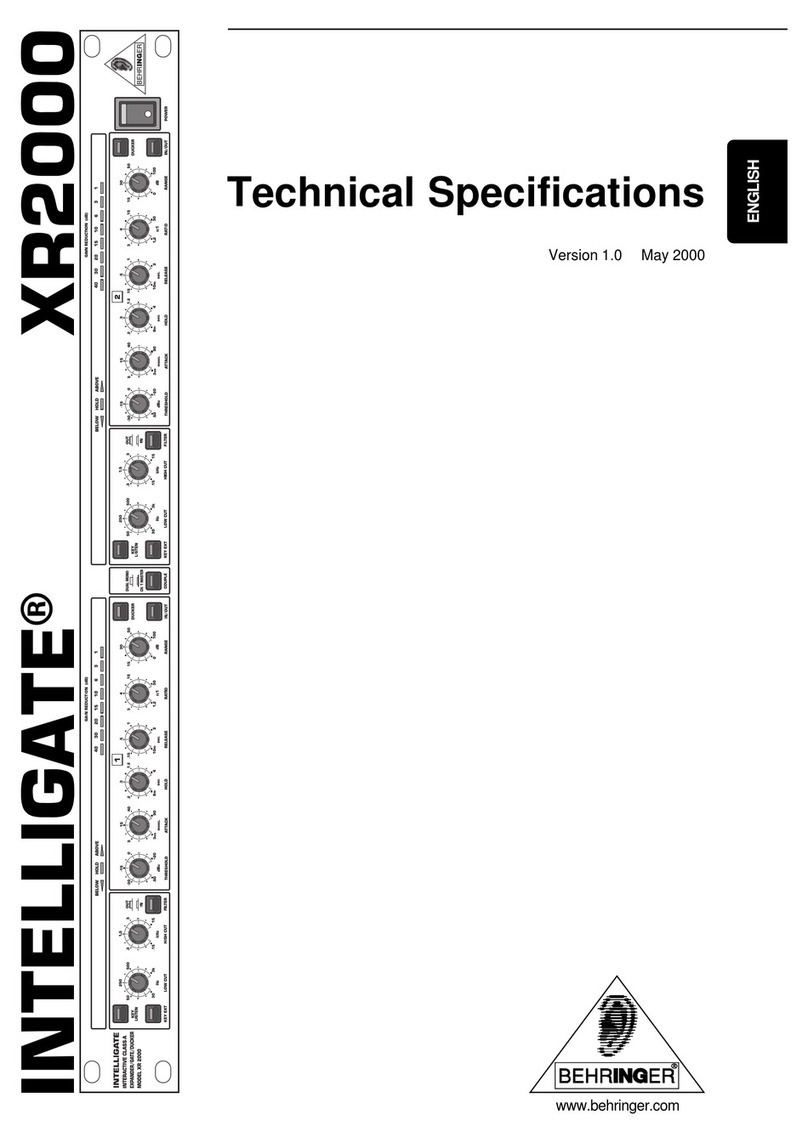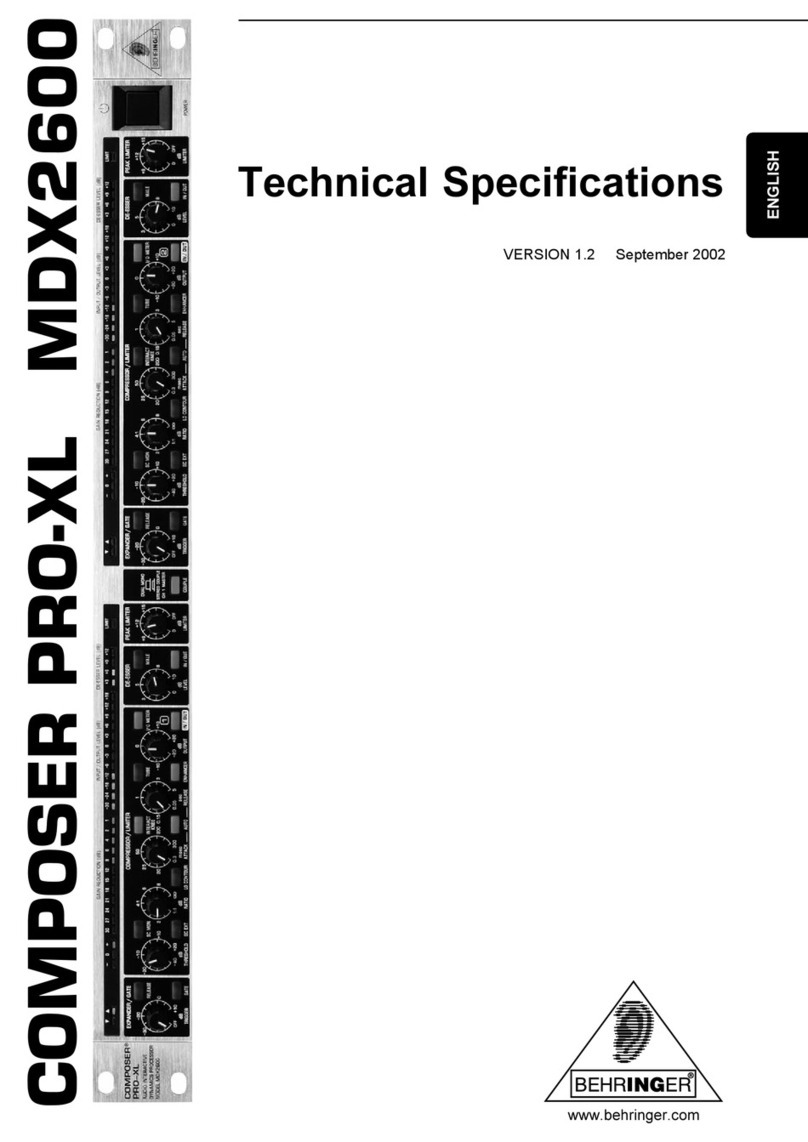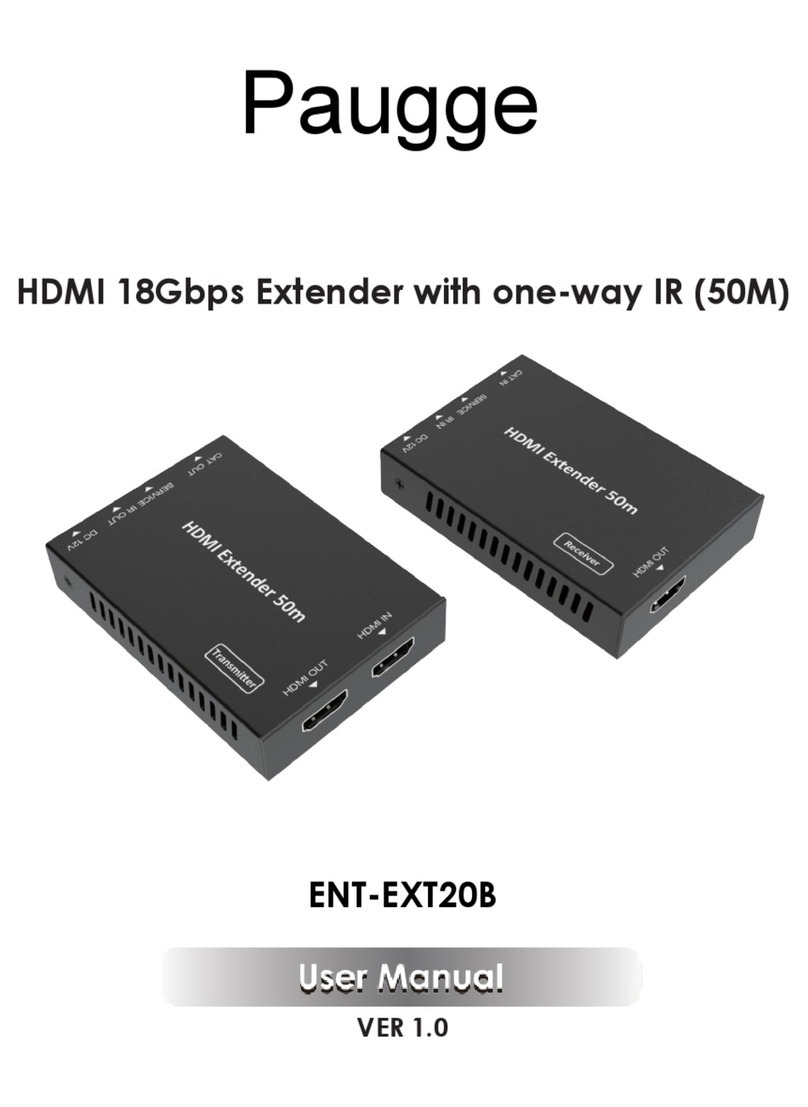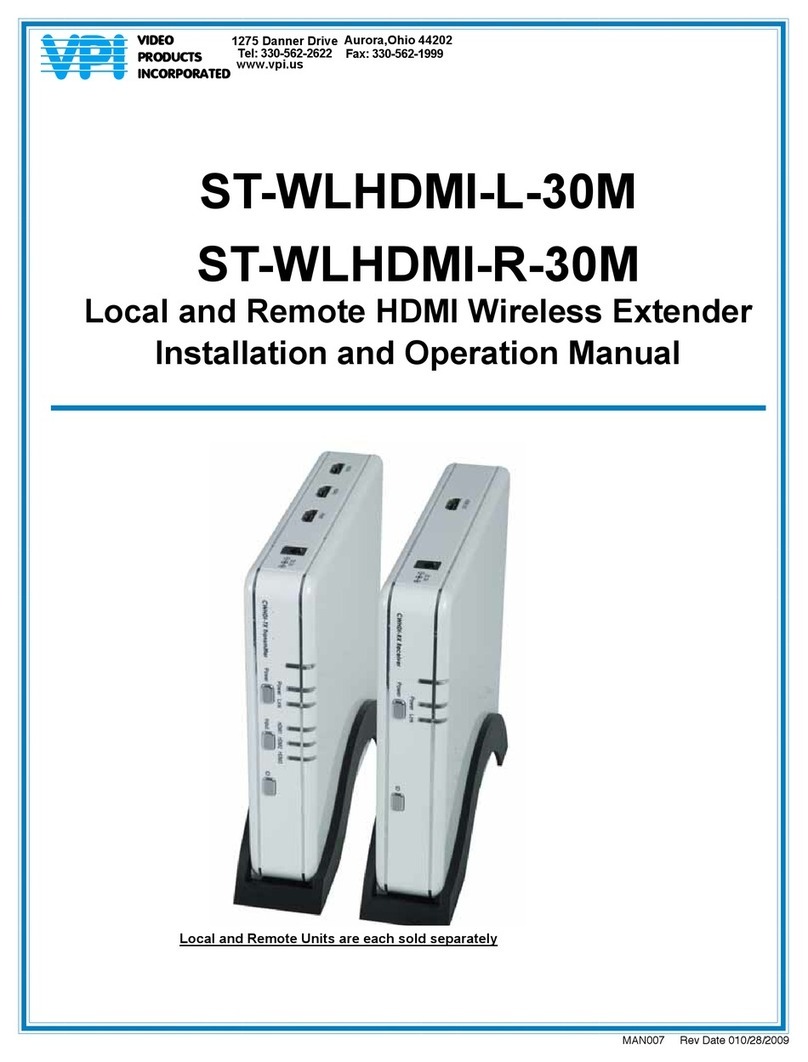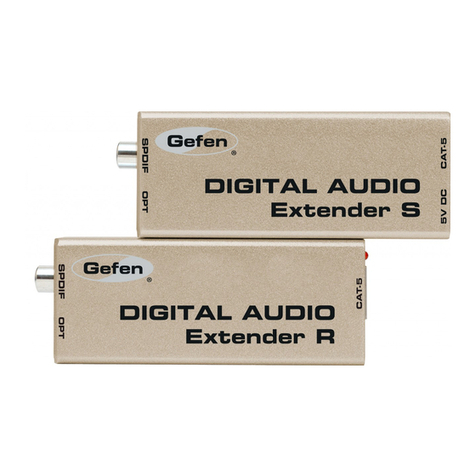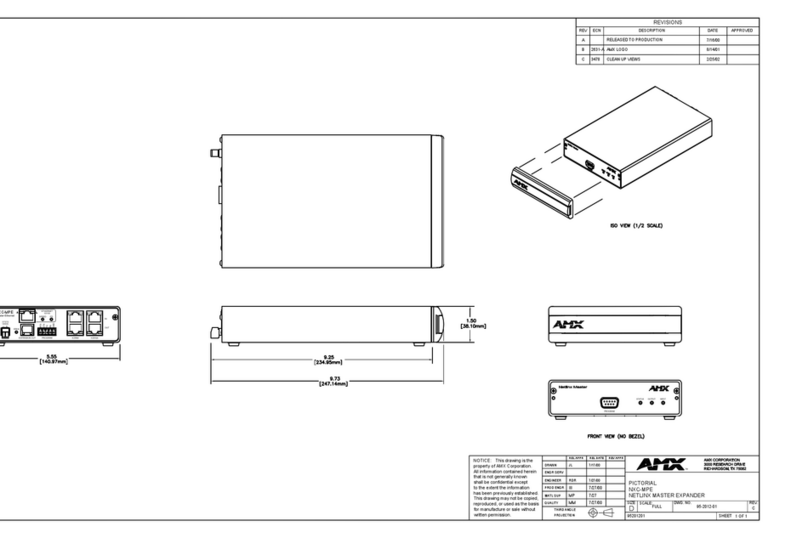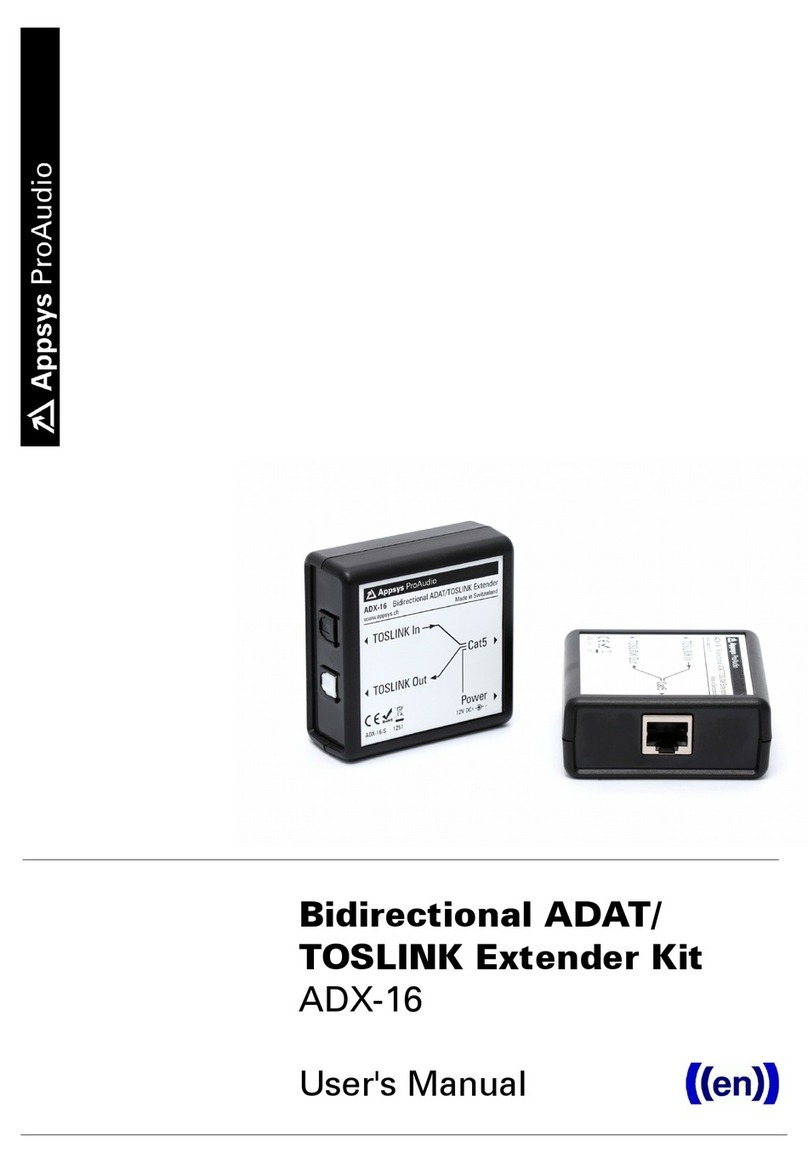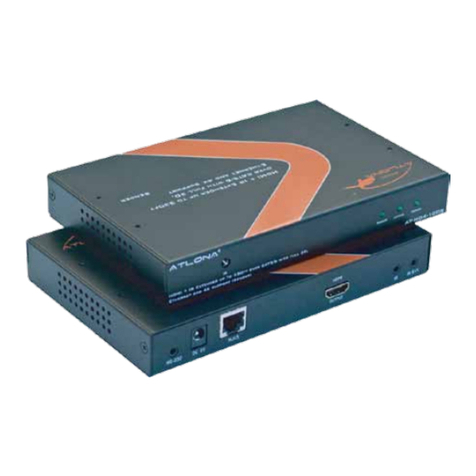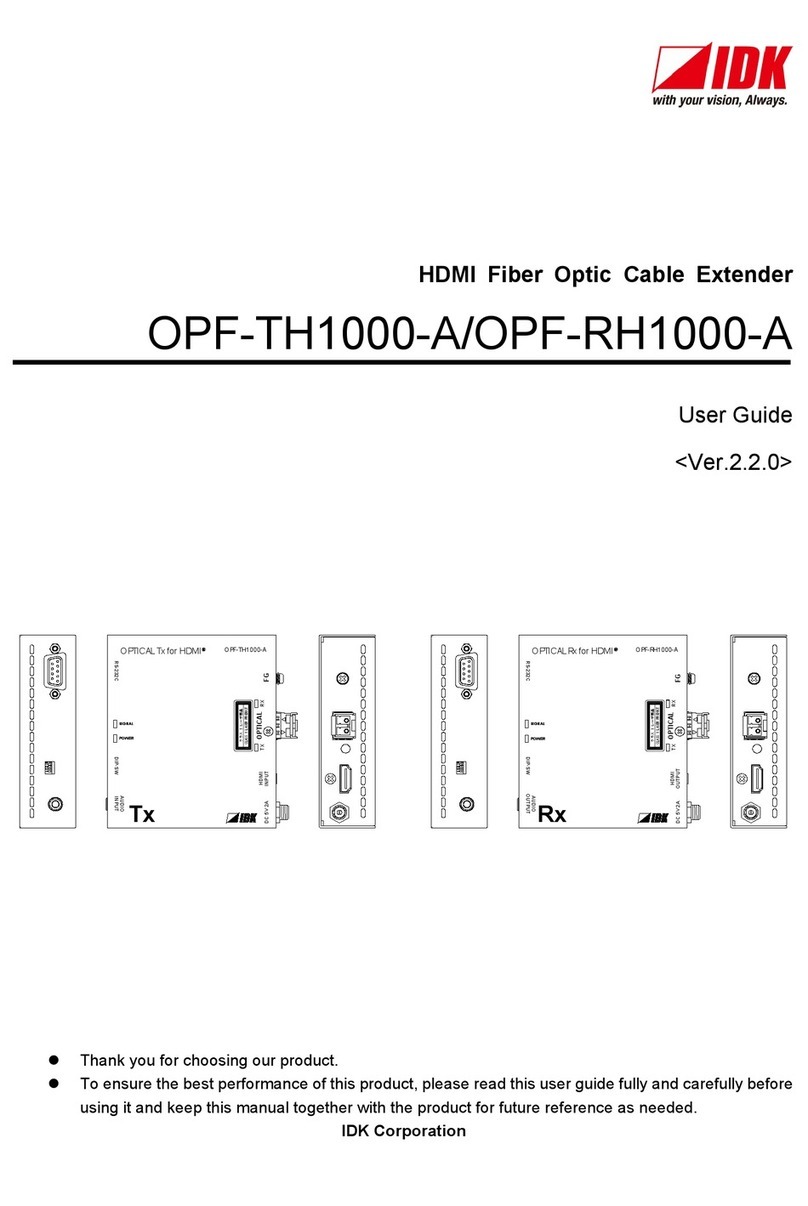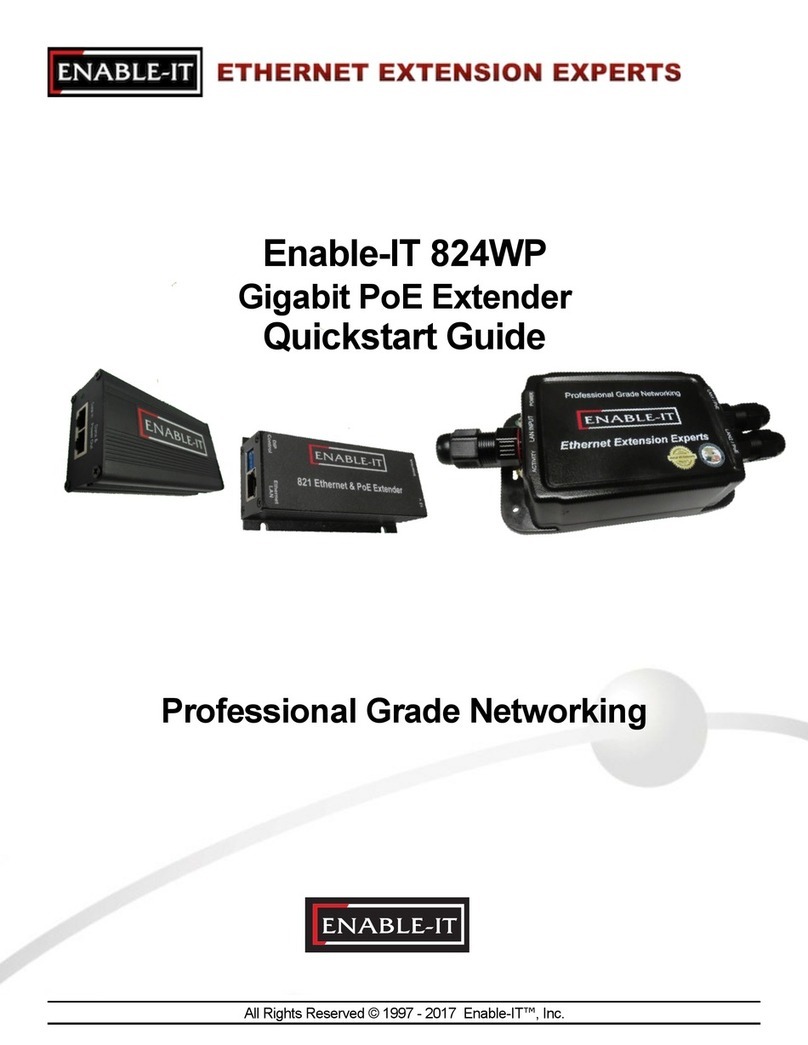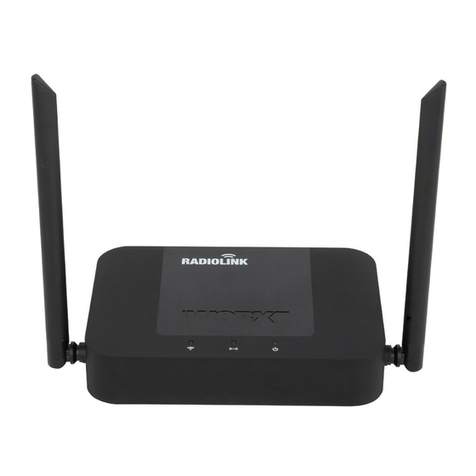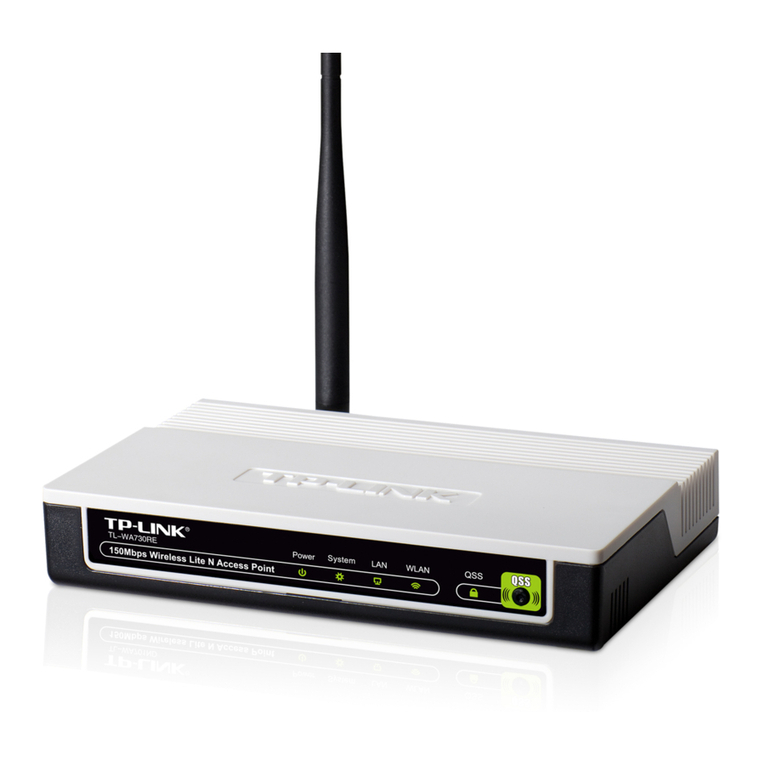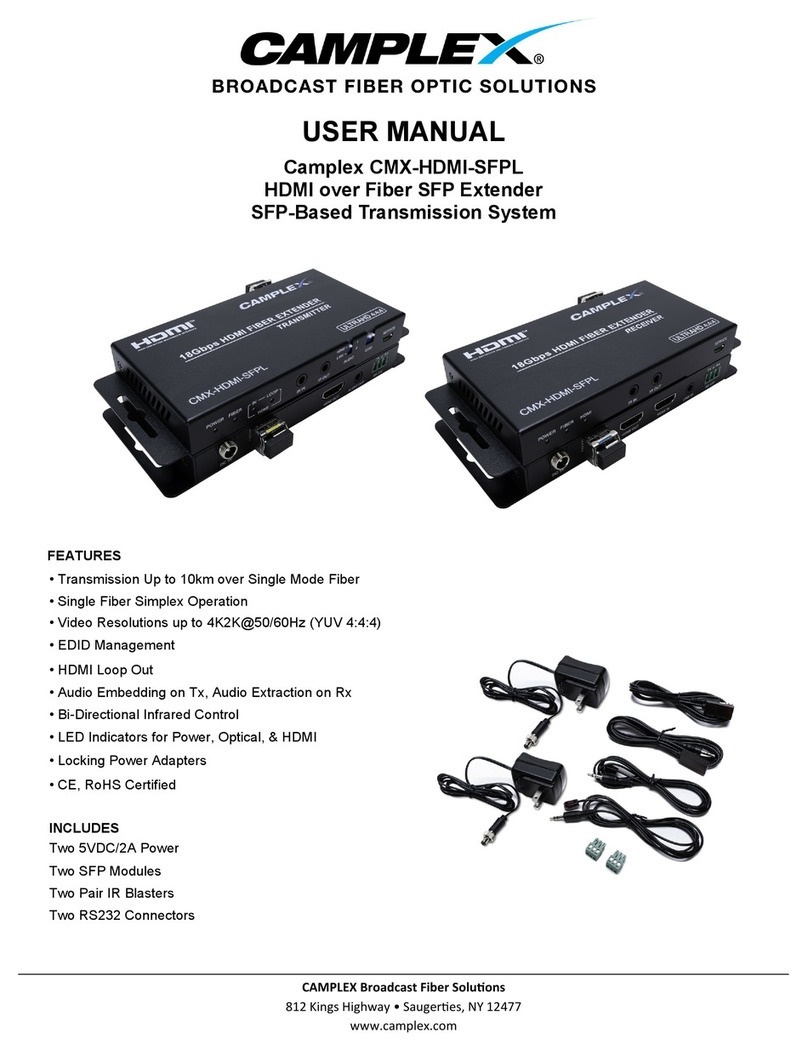5
INTELLIGATEXR2000
TABLE OF CONTENTS
1. INTRODUCTION ........................................................................................................................................................ 6
1.1 Before you begin.............................................................................................................................................. 6
1.2 Control elements ............................................................................................................................................. 7
1.2.1 Front panel............................................................................................................................................ 8
1.2.2 Rear panel............................................................................................................................................ 9
2. OPERATION ............................................................................................................................................................ 10
2.1 Functions of the Expander............................................................................................................................. 10
2.2 Interactive control functions ........................................................................................................................... 10
2.2.1 THRESHOLD control.......................................................................................................................... 11
2.2.2 ATTACK-, RELEASE- and HOLD controls.......................................................................................... 11
2.2.3 RANGE control.................................................................................................................................... 12
2.2.4 IRC (Interactive Ratio Control)-EXPANDER ....................................................................................... 12
2.3 RATIOcontrol ................................................................................................................................................. 12
2.4 GAIN REDUCTION meter .............................................................................................................................. 13
2.5 COUPLE function........................................................................................................................................... 13
2.6 DUCKER function .......................................................................................................................................... 13
2.7 KEYFILTERS ................................................................................................................................................. 13
2.7.1 KEYEXT function ................................................................................................................................ 13
2.7.2 KEY LISTEN function .......................................................................................................................... 13
3. APPLICATIONS ...................................................................................................................................................... 14
3.1 Initial settings................................................................................................................................................. 14
3.1.1 The gating function ............................................................................................................................. 14
3.1.2 The EXPANDER function .................................................................................................................... 15
3.2 Correct microphone placement .................................................................................................................... 16
3.3 Frequency selective expansion ..................................................................................................................... 16
3.4 Main applications........................................................................................................................................... 16
3.4.1 Controlling leakage in the studio ....................................................................................................... 16
3.4.2 Reducing leakage in stage mics ....................................................................................................... 17
3.4.3 Reducing feedback in stage mics ..................................................................................................... 17
3.4.4 Noise reduction on effects paths ....................................................................................................... 17
3.5 Using the INTELLIGATE to change the sound .............................................................................................. 18
3.5.1 Reshaping sample sounds............................................................................................................... 18
3.5.2 Altering the texture of musical instruments ....................................................................................... 18
4. SPECIALAPPLICATIONS ....................................................................................................................................... 18
4.1 The INTELLIGATE as “De-Esser” .................................................................................................................. 18
4.2 Frequency selective operation....................................................................................................................... 19
4.2.1 Frequency selective filtering of unwanted signals............................................................................. 19
4.2.2 Suppressing instruments during recording ...................................................................................... 19
4.2.3 Reducing feedback in PA systems..................................................................................................... 19
5. EXTERNALSIDECHAINAPPLICATIONS ................................................................................................................ 20
5.1 The “Key External” function ............................................................................................................................ 20
5.2 Using an equalizer in the sidechain path ..................................................................................................... 20
5.3 “Voice Over” applications ............................................................................................................................... 21
5.3.1 The “Voice Over” application in conference room situations............................................................. 21
5.4 Anticipated expansion ................................................................................................................................... 22
5.5 Triggering additional sounds from a rhythm track ........................................................................................ 22
6. INSTALLATION ....................................................................................................................................................... 23
6.1 Mains voltage ................................................................................................................................................. 23
6.2 Audio connections ......................................................................................................................................... 23
7. SPECIFICATIONS.................................................................................................................................................... 24
8. WARRANTY ............................................................................................................................................................ 26
